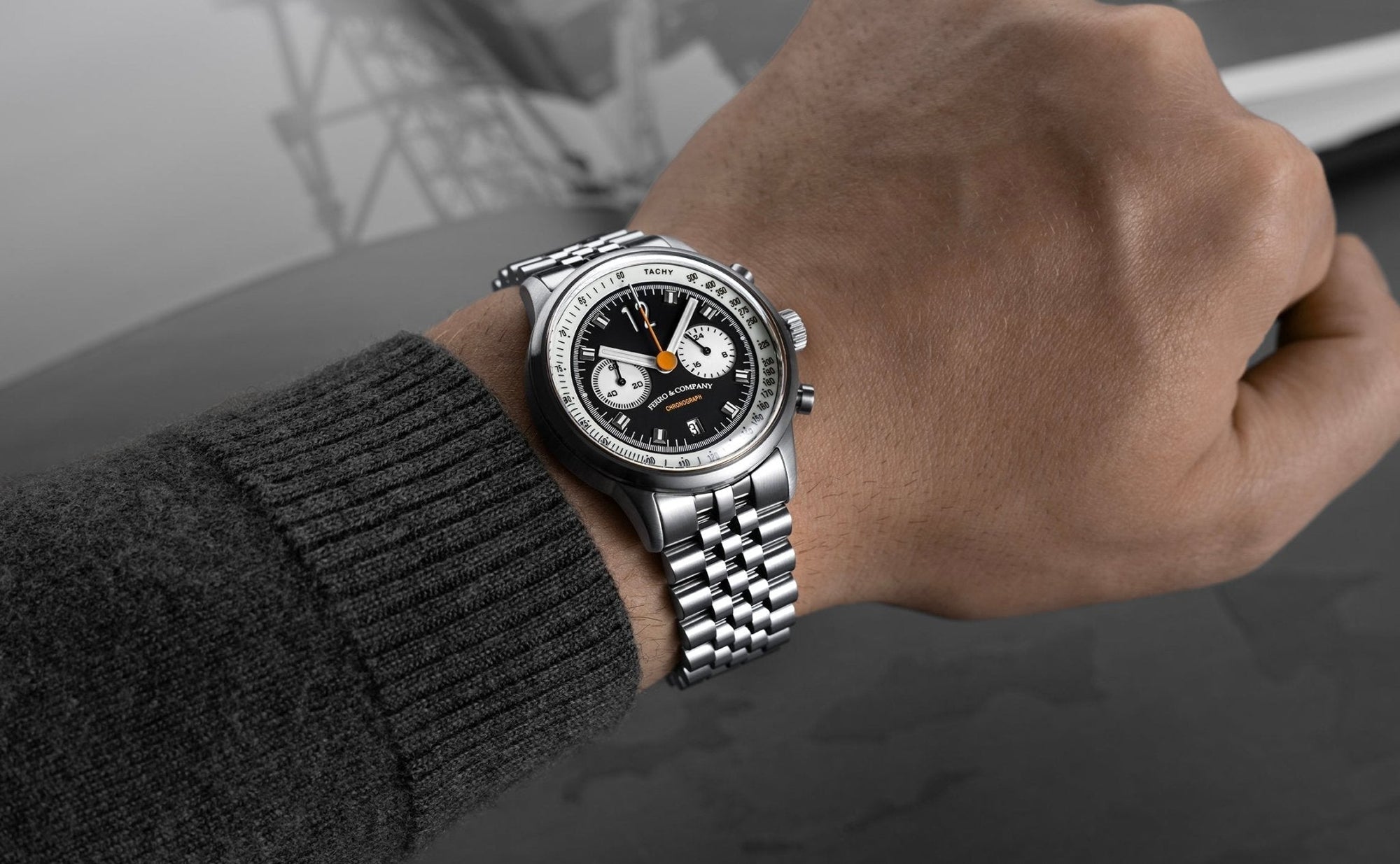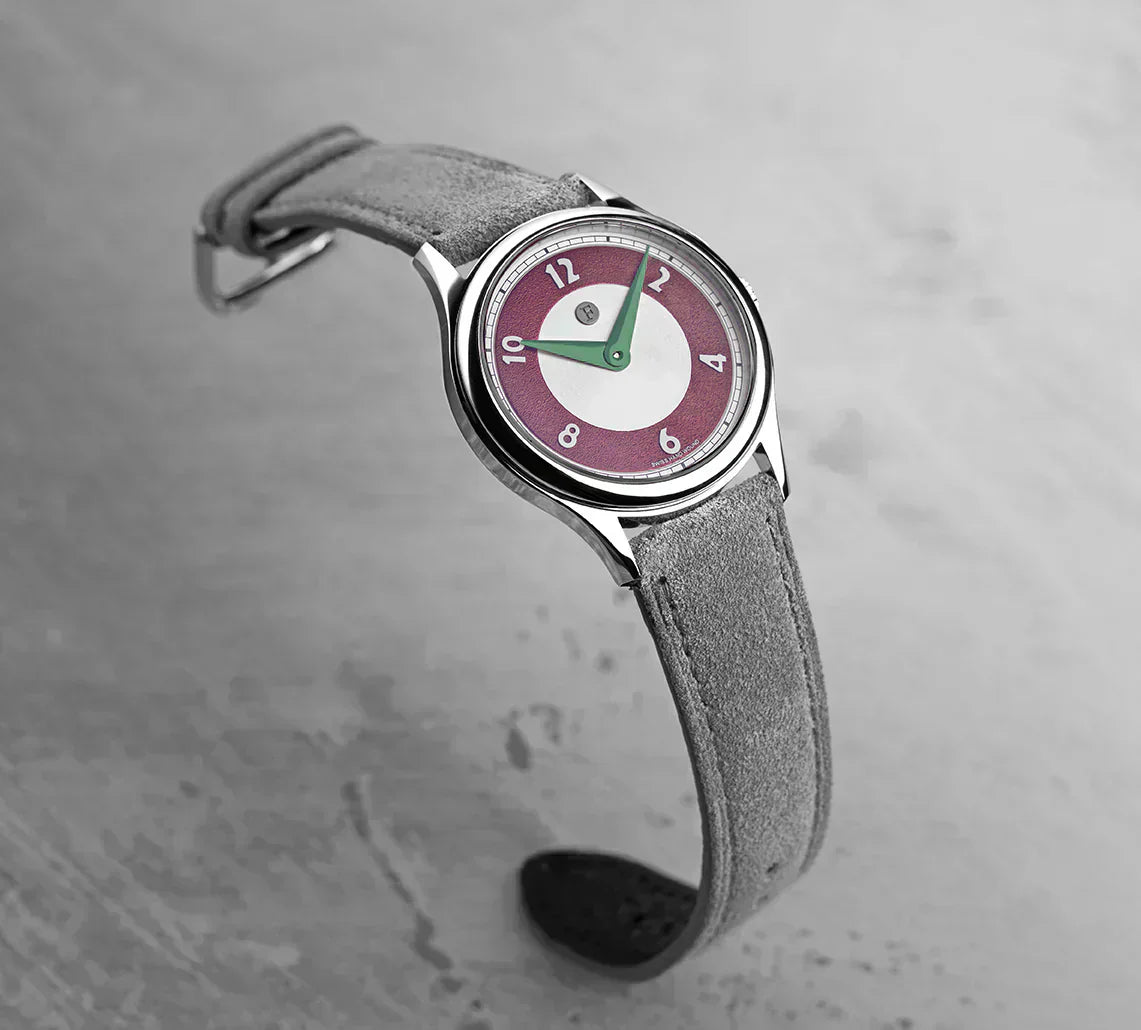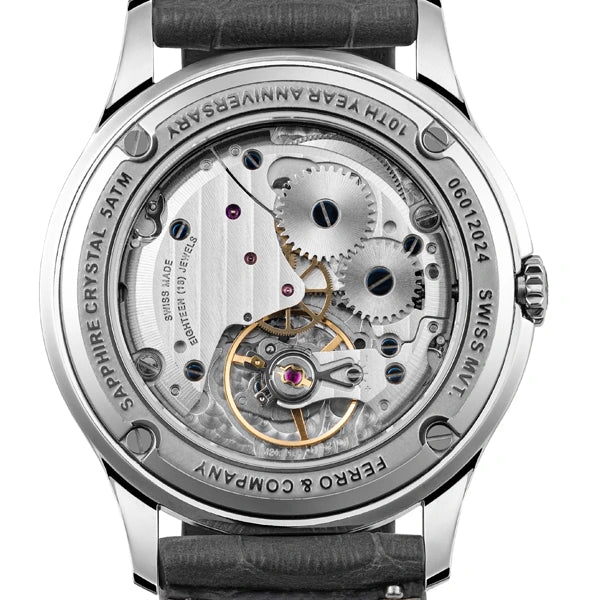Chronograph Watches: A Timeless Tool for Function and Style
Chronograph watches are among the most versatile and admired timepieces in the world of horology. Beyond their classic aesthetics and stylish appeal, chronographs are celebrated for their multifunctionality and technical sophistication. Whether you’re a professional athlete, a pilot, a scientist, or simply a watch enthusiast, the chronograph offers practicality and allure. In this article, we’ll delve into what chronograph watches are, their history, how they work, their uses, and why they remain a popular choice in modern times.
What is a Chronograph Watch?
A chronograph watch is essentially a timepiece that combines the functions of a regular watch with a stopwatch. The term "chronograph" is derived from the Greek words "chronos," meaning time, and "graph," meaning to write. While early chronographs literally recorded elapsed time by marking it on paper, modern chronographs use dials and subdials to measure and display elapsed time.
Most chronographs feature two or three subdials, which track seconds, minutes, and sometimes hours. These subdials work in tandem with additional pushers on the side of the case that control the stopwatch functions. Chronograph watches are renowned for their intricate designs and mechanical complexities, making them a prized possession for collectors and connoisseurs.
A Brief History of Chronograph Watches
The history of the chronograph dates back to the early 19th century. In 1816, Louis Moinet, a French watchmaker, developed the first chronograph. His creation was intended for use in astronomical observations, and it could measure time intervals with remarkable precision. However, the first commercially available chronograph was introduced in 1821 by Nicolas Rieussec, another Frenchman, who created it for timing horse races.

By the 20th century, chronographs evolved into indispensable tools in various fields, including aviation, sports, and military operations. During World War II, chronographs became crucial for pilots and navigators, as they allowed precise calculations of distance, speed, and fuel consumption. The post-war era saw the chronograph's popularity soar, with brands like Rolex, Omega, and Breitling producing iconic models that blended utility with luxury.
How Does a Chronograph Watch Work?
A chronograph watch operates through a series of mechanical or electronic components. While modern quartz chronographs rely on battery-powered movements, traditional mechanical chronographs are powered by intricate gears and springs.
The primary components of a chronograph watch include:
- Pushers: These buttons, usually located on the side of the watch case, control the stopwatch functions. One pusher starts and stops the chronograph, while another resets it to zero.
- Subdials: These smaller dials within the main watch face track elapsed seconds, minutes, and sometimes hours.
- Central Seconds Hand: When activated, this hand measures elapsed seconds, moving around the main dial.
- Movement: The movement—either mechanical or quartz—drives the chronograph functions. Mechanical chronographs often include a column wheel or a cam mechanism to control the stopwatch operations.
High-end chronograph watches, like those with automatic movements, often include a tachymeter scale engraved around the bezel or dial. This scale allows the wearer to calculate speed or distance based on time measurements, adding another layer of functionality.
Practical Uses of Chronograph Watches
Chronograph watches are not just aesthetically appealing; they are also highly functional. Here are some of their most common uses:
1. Sports Timing
Chronographs have long been a staple in the world of sports. Athletes and coaches use them to measure performance times, lap intervals, and splits. For example, a runner can use a chronograph to time individual laps on a track, while a coach can monitor an entire race.
2. Aviation
In aviation, chronographs are invaluable tools. Pilots use them to calculate flight times, measure fuel consumption, and navigate using elapsed time. Iconic pilot’s watches, such as the Breitling Navitimer and the Omega Speedmaster, are equipped with chronograph functions specifically designed for aviation tasks.
3. Driving and Racing
Chronographs are synonymous with motorsports. The tachymeter scale, often found on chronograph watches, enables drivers and race officials to calculate speed based on elapsed time. Racing-inspired chronographs, like the TAG Heuer Monaco and Rolex Daytona, have become cultural icons both on and off the track.
4. Scientific and Industrial Applications
Chronographs are widely used in laboratories and industrial settings for timing experiments, processes, and tests. Their precision makes them ideal for applications requiring split-second accuracy.
5. Everyday Convenience
Even in everyday life, a chronograph watch can be surprisingly useful. From timing cooking tasks to tracking workout durations, the chronograph adds practical functionality to your wrist.
Why are Chronograph Watches Still Popular Today?
Despite advancements in digital technology, chronograph watches continue to captivate enthusiasts. Here are some reasons why:
1. Timeless Appeal
The intricate design and craftsmanship of chronograph watches make them timeless accessories. They exude a sense of sophistication and mechanical artistry that appeals to both traditionalists and modern buyers.
2. Multifunctionality
Chronographs offer more than just timekeeping. Their additional features, such as stopwatches and tachymeters, provide practical utility, making them versatile companions for various activities.
3. Cultural Significance
Many chronographs have a storied history, making them culturally significant. For example, the Omega Speedmaster was the first watch worn on the moon, while the Rolex Daytona gained fame through its association with actor and race car driver Paul Newman.
4. Status Symbol
Luxury chronograph watches are often viewed as status symbols. Owning a high-end chronograph from a prestigious brand signifies not only wealth but also an appreciation for fine craftsmanship and horological heritage.
5. Collector’s Value
Chronograph watches are highly sought after by collectors. Limited-edition models, vintage pieces, and watches with historical significance often appreciate in value over time, making them a worthwhile investment.

Popular Chronograph Watches
Several chronograph watches have earned legendary status in the world of horology. Here are a few notable examples:
- Rolex Daytona: Known as the ultimate racing chronograph, the Daytona combines precision with luxury and has been a favorite among collectors for decades.
- Omega Speedmaster Professional: Dubbed the "Moonwatch," this chronograph gained fame for its role in NASA’s Apollo missions.
- TAG Heuer Monaco: With its bold square case and association with Steve McQueen, the Monaco is an icon of motorsport-inspired design.
- Breitling Navitimer: A favorite among pilots, the Navitimer features a slide rule bezel for aviation calculations in addition to its chronograph functions.
- Zenith El Primero: Featuring one of the first high-frequency automatic chronograph movements, the El Primero remains a benchmark in precision watchmaking.
Choosing the Right Chronograph Watch
When selecting a chronograph watch, consider the following factors:
- Purpose: Determine how you plan to use the chronograph. Is it for sports, aviation, or everyday wear?
- Movement: Decide between mechanical and quartz movements based on your preferences and budget.
- Brand Reputation: Look for brands known for their expertise in chronograph watches.
- Design: Choose a style that suits your personality and wardrobe.
- Features: Consider additional functionalities, such as a tachymeter, water resistance, or GMT capabilities.
Chronograph watches represent a perfect blend of functionality, history, and style. From timing races and flights to enhancing personal style, they continue to hold a special place in the hearts of watch enthusiasts. Whether you’re a collector, a professional, or someone who appreciates fine craftsmanship, a chronograph watch is a timeless investment that transcends trends and generations. With their rich heritage and practical applications, these iconic timepieces remain a symbol of ingenuity and elegance.
Click here to explore our Chronograph Watches—an exceptional blend of racing-inspired precision and pilot-watch functionality.



